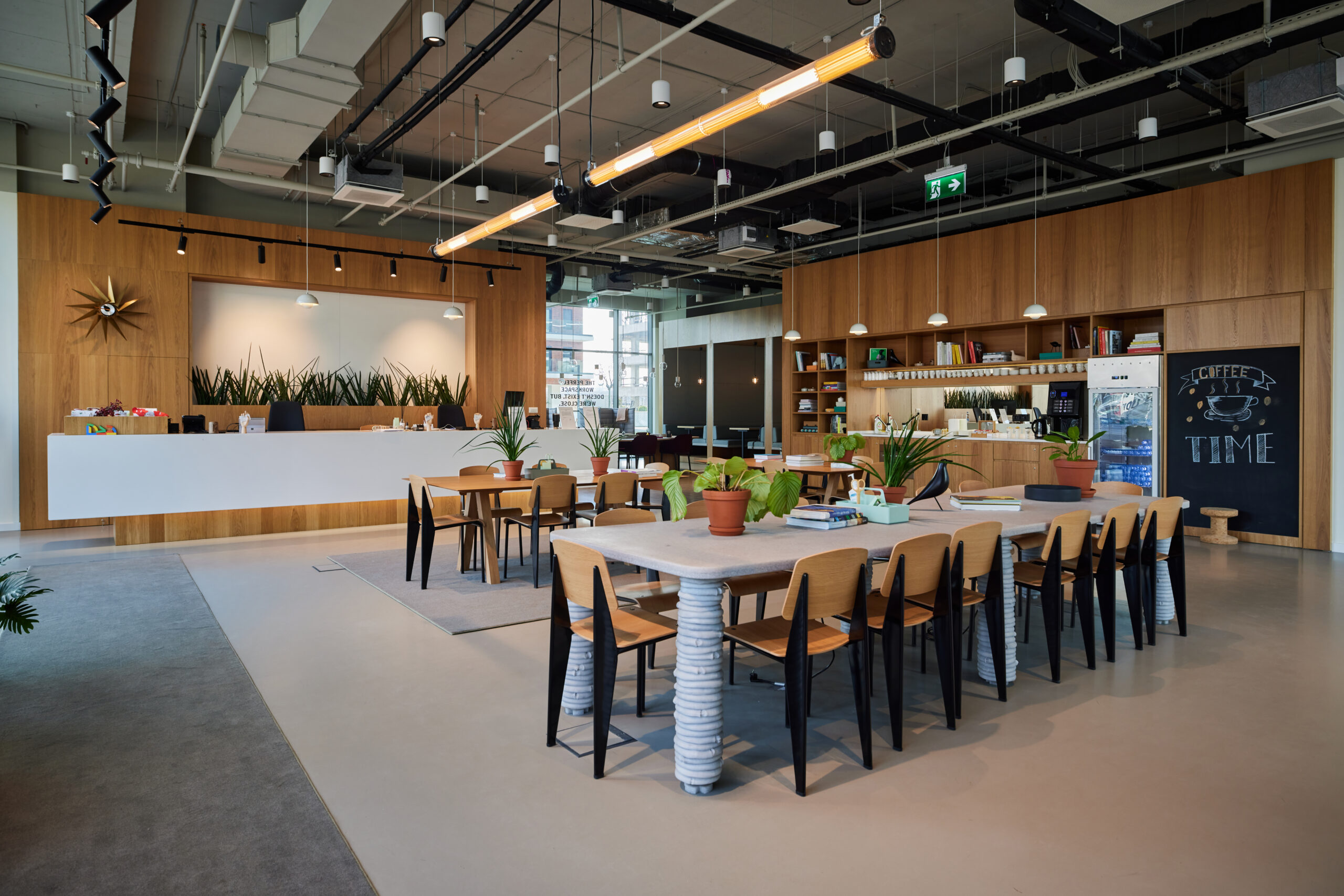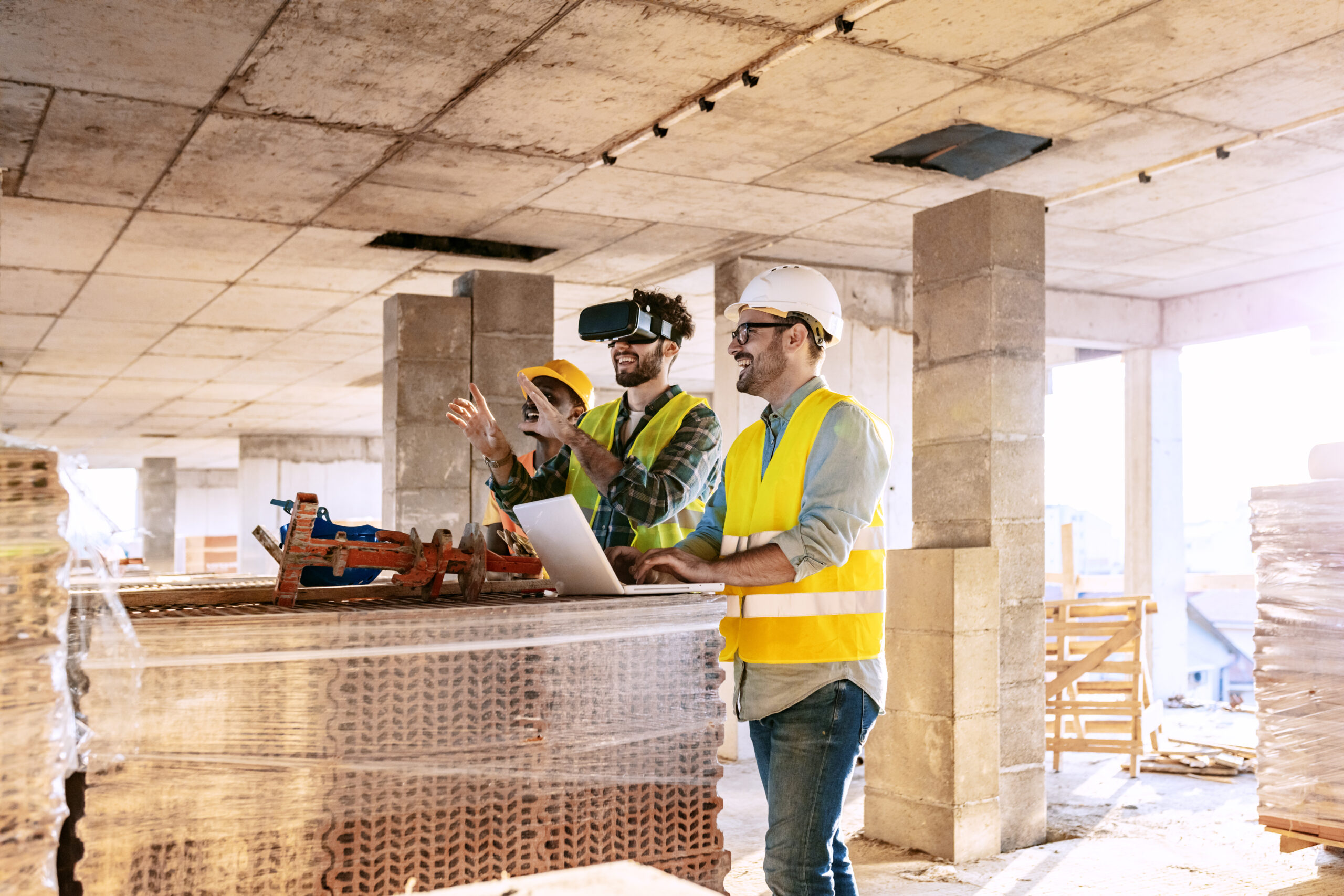How much does it cost to build a warehouse?
A warehouse or industrial building is essential to store merchandise, goods or materials. However, construction costs are not to be taken lightly. This type of industrial construction is one of the most complex and requires a lot of planning in advance.
How to estimate the cost of a warehouse?
The valuation of a warehouse or an industrial building is a determining factor for the success of its construction. There are different construction costs to consider as well as different estimation methods.
Methods to estimate the costs of a construction project
Here are three estimation methods that are considered the most popular for their effectiveness.
Analogous method
This method consists of carrying out a comparative study between the costs of the current project and the costs of one or more similar projects already carried out, and using this as a basis for estimation.
The analog method takes place in three major stages:
- Project analysis:This first step serves to identify the specifics and peculiarities of the project.
- Search for similar projects: Once the various parameters of the current project are determined, you have to search for similar projects that have been carried out in the past.
- Comparison and estimation: After selecting a set of construction projects that are deemed to be similar, you can start making a rough cost estimate by comparing the similarities and differences and making the necessary adjustments.
This method allows for a quick estimate, but it is only a gamble on the future. The actual numbers will prevail at the time of realization.
Bottom-up approach
This method consists of dividing the project into smaller groups of tasks and then estimating the costs of each group separately. Then we add the costs of the estimates to get the total cost of the project. This method requires a good understanding of the project as well as expertise to obtain realistic results with a very good level of precision.
Progressive method
The progressive estimate consists of breaking down the construction project into different phases. As each phase is completed, you move on to estimating the costs of the next phase. This method is considered the easiest to use compared to other methods and the most reassuring because it protects against the risks inherent in estimating the costs of a project.
Different types of warehouse construction costs
The prices of construction projects are diverse and varied. They are based on the characteristics of the project, the materials used and the type of construction. Here is a summary of the basic costs to expect during a construction project:
Hard costs
Simply put, hard costs (brick-and-mortar costs) represent the cost of purchasing the tangible items used to build the warehouse. These items can be equipment, real estate, utilities (electricity, gas and water) and labor. These costs are difficult to estimate because they depend on the region as well as the complexity of the construction work to be done and therefore can vary considerably.
Ancillary costs
Ancillary costs include design costs, legal costs, property taxes, insurance, administrative costs and management costs. You will not be able to have an exact figure of these costs from a simple estimation tool, it’s best to consult an expert to avoid unpleasant surprises.
Note that a warehouse located in a rural revitalization zone (ZRR) or an urban renewal zone (ZRU) benefits from a temporary regime of tax exemptions and exemptions from social contributions (under certain conditions).
Operation costs
These costs represent all the expenses necessary for the operation of a project. These expenses are also called long-term costs because they recur regularly each year, except when there is a change in the management of the activity.
Operating costs include the cost of salaries, maintenance costs, services, etc. It is important to properly estimate these costs because they are necessary for the project’s turnover.
Financing costs
The financing cost relates to the amount used to finance the construction of a building, which is, most of the time, the total cost of a loan taken out by a borrower from a credit institution. It’s essential to estimate the cost and the value of the building to be constructed in order to use it when you decide to obtain credit. The borrower will need this kind of information to decide whether to lend you money or not.
What is the price per square foot of an industrial building?
The price per square foot of a warehouse construction varies depending on its location. Here is a table that aggregates the price margin per square foot of a warehouse in two Canadian cities:
Montréal
| Low | High | |
| Warehouse | 70 | 105 |
Ottawa
| Low | High | |
| Warehouse | 85 | 110 |
Source: Groupe Altus – Guide des coûts canadiens 2021
Factors that influence the cost of building a warehouse
The implementation of a precise and flawless plan is necessary to avoid cost overruns. Here is a list of the five major categories that cover the construction process:
- Type of building to be constructed: : The size, height, number of racks or the number of doors required must be taken into account in the cost of construction.
- The choice of materials: : Materials represent on average 40% of the total costs of a construction project. They include metal structures, wooden structures, and concrete or brick structures. A false estimate of the required amount of these materials can make a drastic change in the total cost.
- Geographical location: : The location chosen for the construction of the warehouse influences the cost. The price of land varies from place to place or even from city to city.
- Labor: Labor represents on average 50% of the total cost of an industrial construction project (electricians, plumbers, architects, surveyors and much more).
- Equipment required:: The equipment required for the work depends on the type of building to be constructed. The level of complexity of the electrical, piping, insulation and heating systems can greatly affect the cost.
Tips to estimate the value of a commercial building
Find out about market prices
It’s important to have knowledge about the average price per square foot of commercial buildings in the current market. This will help you get a rough estimate of the building’s value. However, avoid relying solely on this information because each building has its own characteristics that can positively or negatively impact its value.
Identify the characteristics of the building
Each building has a set of characteristics that determine its value. It is important to identify these characteristics to get a realistic estimate:
- Location: Where the building is located largely defines its value.
- Size of the building: The area of the building can greatly change its price. Note that the larger the surface, the less expensive the price per square foot.
- Condition of the building:The year of construction and its general condition matters. You must take into account the condition of the overall structure, electrical system and heating or air conditioning system.
- Equipment and particularities: If the building has additional services such as a fitted kitchen, a large terrace and several bathrooms, these services will enhance the building’s value and you will thus have a better sale price.
Consult a general contractor
Un Aconstruction contractor is considered the conductor of the work. His role is to take care of the planning, organization and coordination of the construction project and to estimate its value accurately.
Thegeneral contractor builds his estimate by compiling the prices of the professionals invited to bid on the project for each of the specialties and adds other criteria to these prices such as its surface area and its location to make an exact calculation.
Consulting a general contractor from the start of your project will allow you to properly organize the different stages of the construction process and avoid unpleasant surprises that could cost you dearly. Working with a general contractor guarantees the best long-term value for your building!
Articles similaires
The All-in-One Advantage: Why Turnkey Construction is the Future of Commercial Projects
Turnkey construction projects offer a seamless experience LIRE LA SUITE
Top 7 Commercial Interior Design Trends for 2025
Stay ahead of the curve with cutting-edge commercial interior LIRE LA SUITE
How AI is Revolutionizing the Construction Industry
Artificial Intelligence (AI) is transforming the construction LIRE LA SUITE



